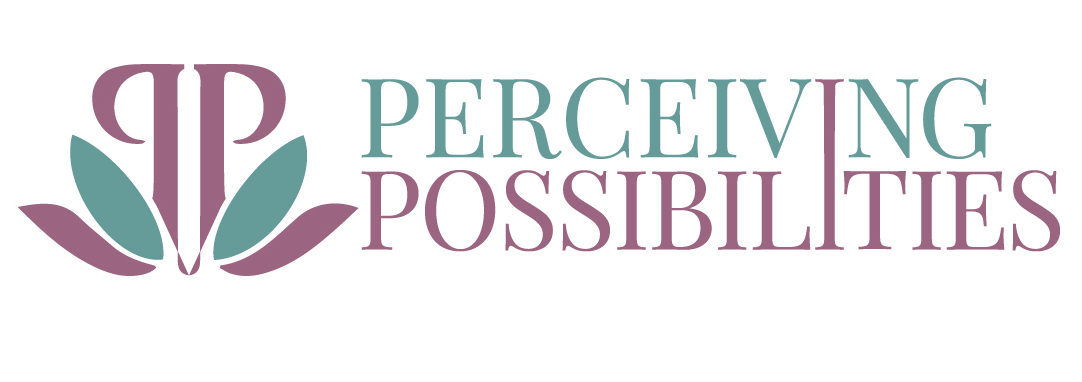Are you familiar with the game Two Truths and a Lie?
Essentially, the game and rules are contained in the title. You make two true, and one false statement about yourself, and others try to guess which is which.
I don’t remember why I was thinking about this game. Still, it occurred to me that we all hold and accept multiple truths about who we are. Yet, we often want our emotional experiences to be one thing.
The Lie
If we as humans only felt one emotion at a time, it would make our lives easier. Unfortunately, emotions don’t work that way, no matter how much we desire that. We may perceive that we are only feeling one thing at the moment. However, that is often because we stop at the first strong emotion and run with it as the only feeling. We rarely take the time to pause when the emotion arises and truly listen to what’s going on inside us.
The lie that we tell ourselves is that only the strongest emotion, the one we feel first, generally, is the one that deserves to fuel our reaction.
We don’t do this as a conscious process. It’s just that we haven’t learned the skill to hold on to and integrate multiple emotions simultaneously.
Holding Multiple Truths
As we develop emotional awareness, we may find that a reaction of “I’m angry” may also contain “I feel scared,” “I feel hurt,” or “I feel ashamed.” Anger alone may cause one automatic reaction. However, when we see the other underlying emotions, we give ourselves the gift of understanding a complete picture that may allow a different response.
What about when the emotions appear to contradict each other?
While taking care of my husband during hospice, I held and accepted many conflicting emotions simultaneously. I was heartbroken and feeling profound anticipatory grief. At the same time, there were many moments where I also felt grateful that I could be with him and a deep sense of honor. Had I stopped at the grief and not given myself the space to explore what else I was feeling, I would have missed making some very precious memories.
With effort, guidance, and mindfulness practices, I learned to breathe through my emotions, name them, and accept them as existing together, not separately.
Daily Life
You might be thinking, “ok, that makes sense with something as emotionally charged as hospice care, but what has that got to do with my daily emotions.”
Picture yourself in a meeting with several co-workers discussing a controversial project. Someone might make a statement that sparks anger. But is that all? Maybe the anger is because we also feel fear about the coming change or invisibility because we made a similar suggestion that was ignored. Choosing to hold on to only anger or only fear or only invisibility can push us to react in a certain way. However, when we can hold on to all three emotions and see how they work together, we may come up with a completely different reaction that leads to a better outcome.
In the busy world, it can feel like there isn’t always time to pause and understand our emotions and how to interact with them. I can tell you from personal experience it is a skill that anyone can develop. Only when we can name our emotions can we constructively process them and choose a helpful response instead of automatically reacting.
Here is a quick exercise you can do to dig a little deeper into your emotions before you react:
S.T.O.P.
- S= stop whatever you are doing.
- When you feel strong emotions arise, use that as the clue you need to stop.
- T = take a breath.
- taking a long slow breath not only gives you a moment to think and it also starts to calm your nervous system.
- O = observe your emotions and name them.
- By naming your emotions, not only will you start to see which one is fueling your reaction, you also give yourself the space to choose a different way of responding.
- P = proceed with your response.
- Now that you are not reacting automatically to the situation, you can find the most beneficial response and possibly create a better outcome.
This is a simple exercise that may be difficult at first. You may discover, as I did, that your emotional language is limited in some areas. If so, there are any number of emotion dictionaries or books on emotions you can read to expand your vocabulary. I recommend Dictionary of Emotions: Words for Feelings, Moods, and Emotions by Patrick Micheal Ryan and Brené Brown’s latest book Atlas of the Heart.
Give the exercise a try this week and let me know what you discover.







